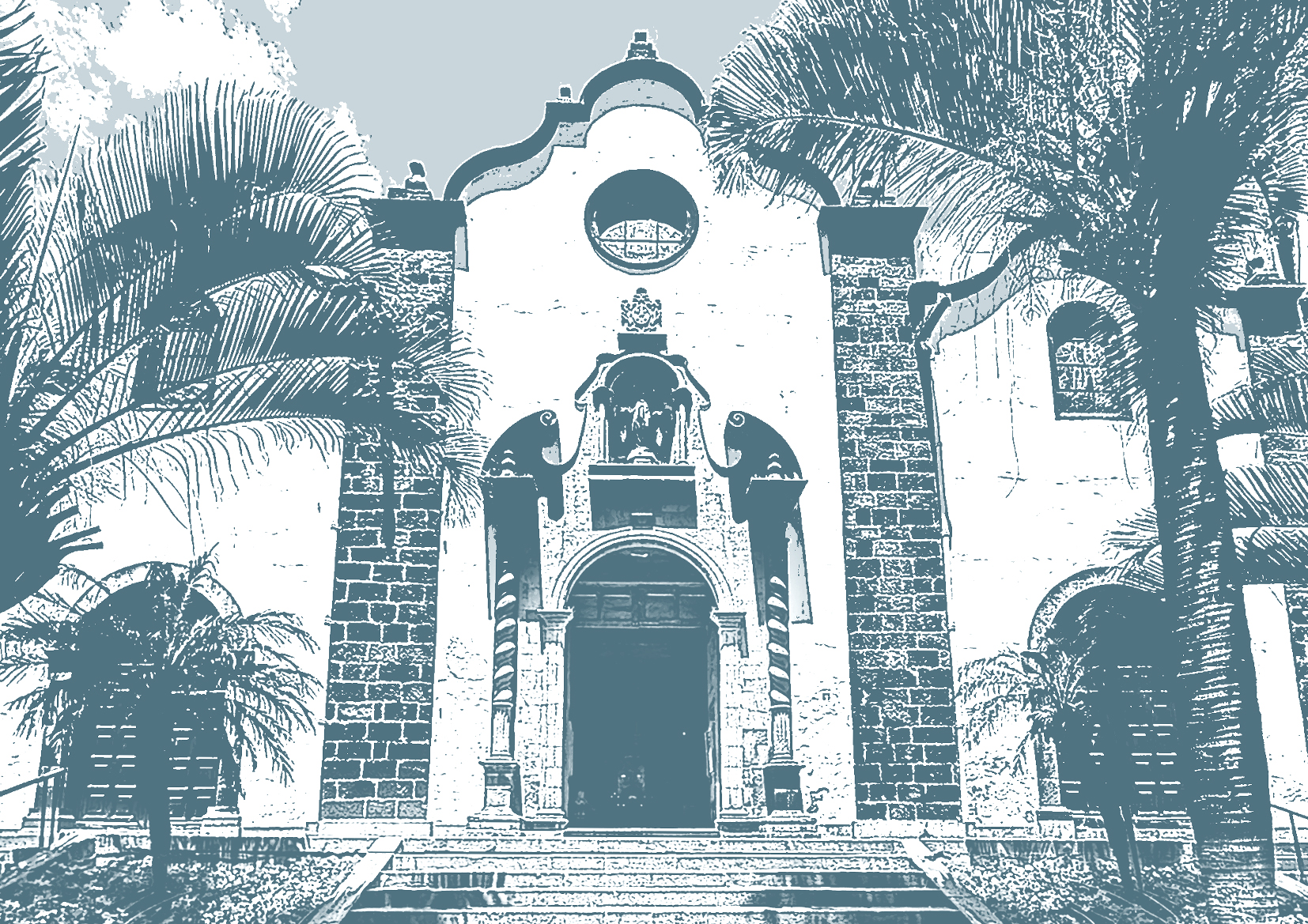The work of this great polyphonist of the Spanish Golden Age is a living testament to the spiritual and artistic depth of his time. His early compositional style was influenced by his teacher, Palestrina. However, unlike his mentor and the Franco-Flemish composer Orlando di Lasso, Victoria focused his entire corpus on sacred music, limiting his output to Masses, motets, hymns, psalms, and Magnificats. His music stands out for its dramatic intensity, dense textures, careful attention to text declamation, and expressive use of counterpoint.
Among his most significant works, we must highlight:
- The motets O vos omnes and Vidi speciosam (1572)
- Officium Hebdomadae Sanctae (1585)
- The Masses: Ave maris stella (1576), O magnum mysterium (1592), and Laetatus sum (1600)
- His Renaissance masterpiece: Officium Defunctorum (1605)
The Officium Defunctorum is a Requiem Mass, composed as a “swan song” for the funeral rites of Empress María of Austria and Portugal in 1603. The ceremonies took place at the Convent of Las Descalzas Reales and the Imperial College of Madrid.
This masterpiece of the Renaissance showcases a perfect balance between Gregorian chant and polyphony, delivering a refined, deeply expressive, and rhetorically dramatic musical experience to its audience.
Introitus, Requiem aeternam – Te decet hymnus
Kyrie – Christe à 4 (SSAT) – Kyrie
Graduale. Requiem aeternam – In memoria aeterna
Offertorium. Domine Jesu Christe [Hostias et preces]
Sanctus G Benedictus
Agnus Dei I (bis) & II
Communio. Lux aeterna – Requiem aeternam
Motectum. Versa est in luctum
Responsorium. Libera me, Domine – Tremens factus sum à 3 (ATB) –
Dies illa à 4 (SSAT) – Requiem aeternam – Kyrie
Lectio II. Taedet animam meam à 4 (SATB)
